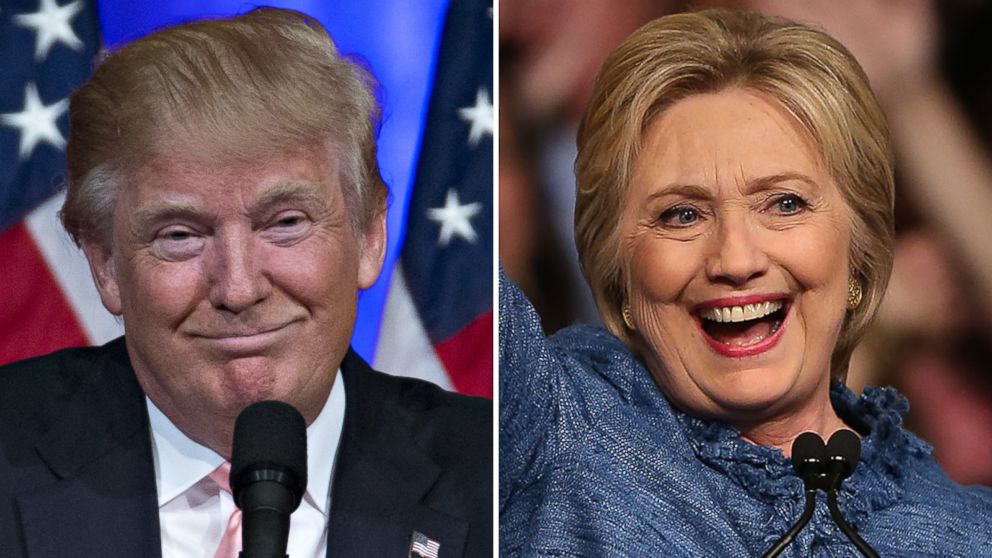5 Questions About 2016 Delegate Paths: Everything You Need to Know
What the front-runners need to do to cross the finish line.

— -- With more than six in 10 of the Republican delegates in the rear-view mirror, candidates are aiming to lock down the final large prizes of the 2016 election cycle to clinch their nominations.
Major contests in Midwest states like Wisconsin and Indiana and deep blue states like New York and California are some of the important ones to watch from here.
Facing a scenario in which it's possible no candidate can reach a majority of delegates, Republicans are preparing for the possibility of a contested convention, where delegates would vote multiple times to determine a nominee.
But what is each candidate’s outlook with such a limited pool of delegates? Here are the answers to some of your most pressing questions:
How Many More Delegates Does Donald Trump Need?
Donald Trump needs to win 55 percent of the remaining delegates in order to clinch the nomination before the convention, a slightly faster pace than the 47 percent of delegates he has won so far. He now has 739 delegates and needs 498 more to hit the magic number of 1,237 votes on the first ballot.
What Is Donald Trump’s Most Likely Path to the Nomination?
Trump will need to pick up broad victories in winner-take-most states, including roughly two-thirds of congressional districts in Wisconsin on April 5, Indiana on May 3 and California on June 7. He’ll also need two-thirds of the congressional districts, topping 50 percent for as many as possible, in his home state of New York on April 19.
He can afford to lose a couple states like Nebraska and Montana, but will likely need some unbound delegates from states like North Dakota and Pennsylvania to push himself over the top.
How Long Will It Take Trump to Clinch the Nomination?
If Trump is able to hit the magic number of 1,237 delegates, it is virtually impossible for him to do so before the final day of voting on June 7. On that day, he’ll need to use delegates in a broad victory in California and winner-take-all New Jersey to put him over the top. It still is technically, mathematically possible for Trump to cross the finish line before June 7. It would require not only winning each upcoming state, however, but nearly every congressional district in major upcoming winner-takes-most states and hitting majority support in roughly two-thirds of the districts in his home state of New York.
But Is It Possible for Ted Cruz or John Kasich to Win the Nomination Before the Convention?
Sen. Ted Cruz needs to win a whopping 85 percent of delegates from this point in order to win the nomination, essentially impossible given the demographics and number of proportional states remaining. Gov. John Kasich, however, needs another 1,094 delegates to win the nomination, now mathematically impossible because there are only 911 delegates available left to win.
How Close Is Hillary Clinton to Winning the Democratic Bid?
The former secretary of state needs only 35 percent of the remaining delegates to win the nomination, a shoo-in for Clinton because delegates are allocated proportionally in all Democratic contests. And if superdelegates choose Clinton at the same rate they’ve been choosing her so far, Sen. Bernie Sanders would need to win each state by a whopping 50 points to seal the nomination.
Is It Even Possible for Bernie Sanders to Win The Nomination?
Even if Sanders won every remaining uncommitted superdelegate, he would still need to win each state by 28 percentage points to win the nomination. So what’s Sanders’ only hope? He needs to win each state from here on by an average of 16 points (58-42 percent) in order to lead among pledged delegates only. He would then make the argument that the superdelegates, who can change their minds up until the convention, need to change their allegiances to rally around him rather than go against the will of the primary voters.




